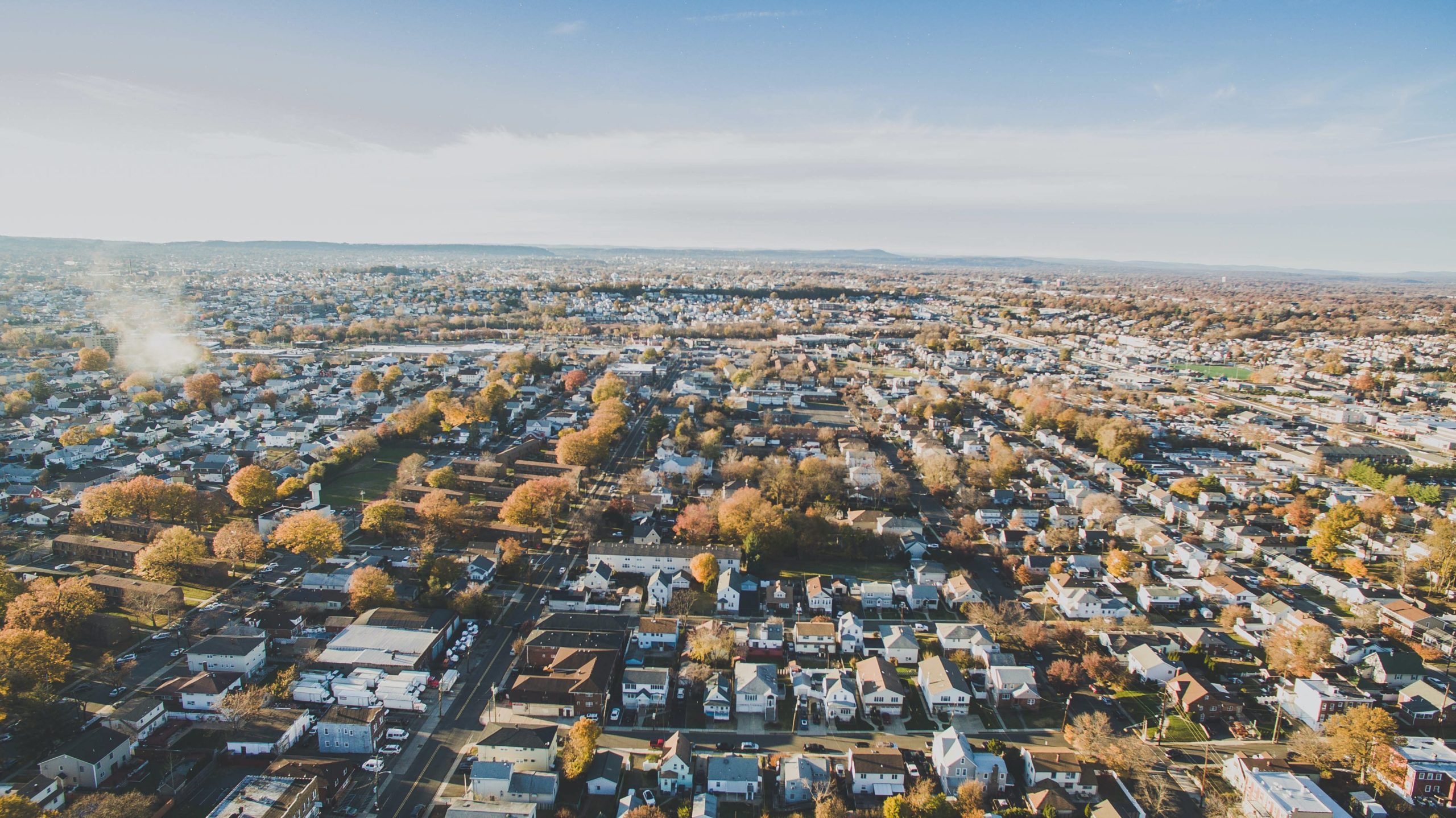Examining the Economic Contributions of the DACA-Eligible Population in Texas
Date: March 30, 2021

DACA-eligible people are critical members of the United States, filling workforce shortages in key industries, starting new businesses, paying taxes, and throughout the COVID-19 pandemic, serving on the frontlines as essential workers.
In analyzing data from the 2019 American Community Survey, 5-Year Sample, we find that DACA-eligible people are significant economic contributors to local communities across Texas.
Economic Contributions of the DACA - Eligible Population by Texas Locality, 2019
| Locality | Number of DACA-Eligible Individuals | Household Income | Total Taxes Paid | State and Local Taxes | Federal Income Taxes | Total Spending Power |
|---|---|---|---|---|---|---|
| Austin MSA | 13,586 | $ 313.5M | $ 74.7M | $ 33.3M | $ 41.4M | $ 238.9M |
| Brazos County | 1,453 | $ 23.5M | $ 5.5M | $ 2.5M | $ 3M | $ 17.9M |
| Dallas MSA | 64,874 | $ 1.3B | $ 287.8M | $ 137.2M | $ 150.6M | $ 967.1M |
| El Paso MSA | 6,249 | $ 89.4M | $ 18.8M | $ 10.2M | $ 8.6M | $ 70.6M |
| Houston MSA | 60,625 | $ 1.1B | $ 255.4M | $ 119.1M | $ 136.4M | $ 846.2M |
| McAllen MSA | 14,420 | $ 181.9M | $ 39.8M | $ 20M | $ 19.7M | $ 142.2M |
| San Antonio MSA | 12,348 | $ 206M | $ 47.8M | $ 22.5M | $ 25.3M | $ 158.2M |






